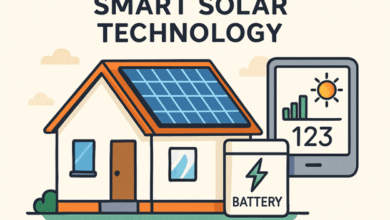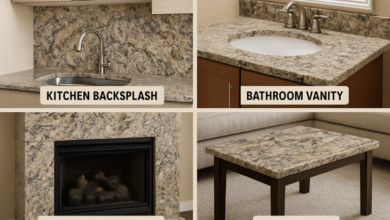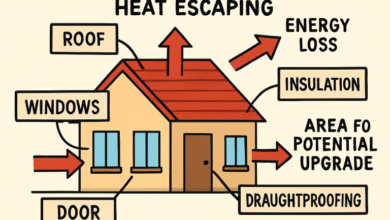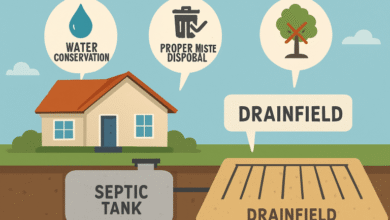Preventing Common Plumbing Emergencies at Home
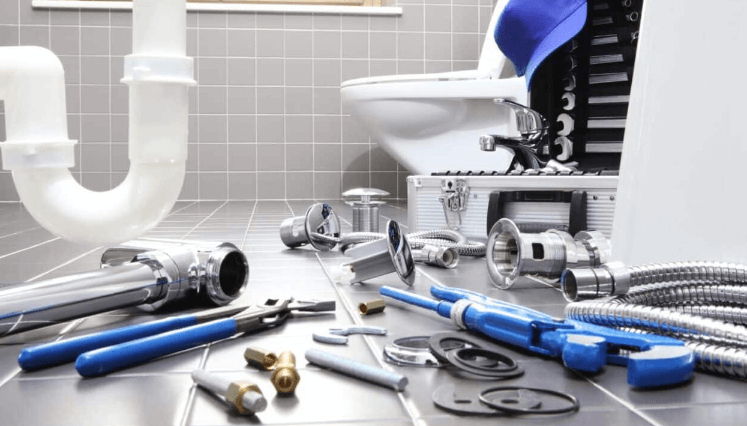
Plumbing emergencies may seem to strike out of the blue, but they typically result from gradual wear and tear, lack of maintenance, or everyday misuse of plumbing fixtures.
Table of Contents
Why Plumbing Emergencies Happen
For instance, an unnoticed tiny leak under a sink can slowly weaken cabinetry, foster mold, and, if left too long, eventually result in warped floors or even structural damage. Aging pipes, sediment buildup, and poorly performed DIY repairs can all increase the chances of significant issues over time.
About 10% of households in the United States have leaks that waste more than 90 gallons of water daily. It only drives up utility bills and escalates the risk of costly plumbing emergencies. While it’s impossible to eliminate every risk, developing maintenance routines and staying vigilant helps reduce the likelihood of a plumbing disaster. Assessing your home’s vulnerabilities saves significant effort and money later.
Whether learning basic maintenance skills or seeking trusted advice, turning to an affordable plumbing service can help you understand the most crucial preventative actions. Homeowners who become proactive, rather than reactive, consistently avoid the brunt of serious repair bills and stressful cleanups.
Regular inspections by licensed professionals can also catch minor issues before they spiral into plumbing emergencies. Replacing outdated components like worn washers, rusty valves, or old water heaters can significantly extend the life of your plumbing system. Simple habits, like avoiding flushing non-degradable items or using drain screens, significantly prevent clogs and backups.
Early Signs of Plumbing Problems
Most plumbing catastrophes begin with subtle clues that are thaily overlooked during daily routines. Keeping your ears and eyes open to the early signs can make all the difference. Gurgling drains, for example, often indicate a partial blockage downstream, while persistent low water pressure may mean a hidden leak or mineral buildup in supply pipes.
Water stains underneath sinks, unexplained puddles on the floor, or warped baseboards all signal that water isn’t staying where it belongs. A musty smell in the bathroom, utility closet, or basement can hint at slow leaks creating the perfect environment for mold. Even toilets that flush on their own or tubs that drain sluggishly could be harbingers of larger problems below the surface.
If you suspect something’s wrong, acting is always the best call. A thorough home inspection—sometimes using the guidance in modern home maintenance guides—can help pinpoint issues before they spiral. Even small changes in noise, appearance, or water utility bills deserve attention, as they are the first signs your plumbing is asking for help.
Simple DIY Checks and Maintenance
Preventative measures do not always require specialist knowledge or tools. Homeowners can protect their plumbing emergencies systems and limit future headaches within a few minutes each month. Start by visually scanning exposed pipes beneath sinks, in basements, and behind toilets for drips, corrosion, or tiny pools of water. Feel around joints and shut-off valves, and try gently moving valves to ensure they aren’t stuck if you ever need to stop a leak in an emergency.
Outlets like kitchen sinks and showerheads can benefit from periodic cleaning—soaking aerators in vinegar dissolves trapped mineral deposits, restoring flow and extending fixture life. Watching for loose or lifted tiles near tubs and beneath appliances like dishwashers can expose hidden chronic moisture.
Place pans under washing machines and water heaters to help catch small leaks or drips before they escalate. Annually, take an hour to flush your water heater and clear out sediment. These practical steps form a routine that keeps plumbing running smoothly year after year, with minimal cost or hassle.
What Never to Flush or Drain
Clogs are among the most common—and most preventable— plumbing emergencies in both kitchens and bathrooms. These issues often stem from treating toilets and drains as disposal systems for materials that should never go down.
Even so-called flushable wipes don’t break down like toilet paper, leading to stubborn blockages in household plumbing emergencies and even problems at municipal wastewater treatment facilities. In the kitchen, pouring fats,Dumping grease-or-oil down the drain may seem harmless, but these substances can harden and cause problems. and trap food particles, eventually forming major clogs deep within the pipes.
To avoid costly plumbing problems:
- Never flush wipes, cotton balls, swabs, dental floss, or cat litter.
- Keep paper towels, facial tissues, hygiene products, and hair out of toilets and drains.
- Collect grease in a heat-safe container, and dispose of coffee grounds and fibrous vegetables in the trash or compost.
- Use simple drain screens, readily available at hardware stores, to catch hair and debris. This small investment can prevent frequent and expensive plumbing emergencies.
Preparing Your Home for Cold Weather
Cold weather introduces unique challenges for household plumbing systems. When temperatures dip below freezing, any exposed water supply line is at risk of ice formation and subsequent expansion that can split the pipe. The damage is often catastrophic before you know it’s happened, with water pouring into attics, crawl spaces, or walls.
To defend against winter woes, homeowners should insulate every exposed pipe in unheated zones such as basements, attics, crawl spaces, garages, and exterior walls. Foam sleeves and special wraps are inexpensive and take minutes to install. On the coldest nights, keep a trickle of cold water flowing through faucets connected to vulnerable lines—the constant movement makes freezing far less likely.
Make a household habit of knowing where your primary shut-off valve is in case a pipe bursts. This will allow you to react-quickly and limit water damage. Each winter, forgotten vacation homes and rarely used guest bathrooms are where the most severe pipe bursts occur, illustrating the need for year-round preparedness.
How Water Damage Affects Homes
Water damage is more than an eyesore—it can silently undermine a home’s entire structure, triggering dangerous mold growth hidden inside walls and under floors. A small leak can lead-to-thousands of dollars in repairs if it is not fixed quickly.
Water-related incidents, from burst pipes to hidden leaks, account for a significant share of home insurance claims, particularly during cold months. Insurance may help, but deductibles and non-covered damage make prevention even more critical.
Mold and mildew, the unwelcome companions of unchecked water leaks, release spores that aggravate respiratory conditions and result in costly, invasive remediation procedures. Structural wood may rot, concrete may crack, and personal belongings stored in basements may be destroyed—all from preventable plumbing failures.
When to Call a Professional
Not every plumbing problem should be handled DIY. While regular maintenance is within reach for most homeowners, some issues require immediate professional attention. Persistent leaks that can’t be located, wide drops in water pressure, or water stains spreading along ceilings are beyond basic skills.
These often suggest hidden leaks behind walls or in foundational pipes, where professional tools and experience make all the difference.
- Visible mold growth or sewage smells that don’t resolve quickly indicate deep-seated problems needing urgent remediation.
- Multiple fixtures clogging simultaneously, especially after you’ve already tried removal methods, could compromise the mainline.
- If a shut-off valve is stuck or broken, getting expert help prevents accidental flooding if an emergency occurs.
- Remember, waiting too long only compounds repair costs and can harm your home’s structure.
When in doubt, reaching out for professional guidance helps prevent expensive m road.
See also: 5 Industries That Can’t Thrive Without a CRM System in 2025
Frequently Asked Questions
- How often should a home’s plumbing be inspected? Aim for a professional inspection every two to three years to catch early problems. Annual checks are recommended for homes with older plumbing systems or water with high mineral content to catch issues before they escalate.
- Does homeowners’ insurance cover emergencies? Basic homeowners policies generally cover sudden, accidental leaks and burst pipes, but slow leaks, neglected maintenance, or pre-existing problems may be excluded. Always review your policy details so you’re not caught off guard.
- What is the best routine to help prevent clogs in the bathroom and kitchen? Install drain screens, clear hair and debris out of drains weekly, and educate everyone in the household to avoid flushing anything but toilet paper. In the kitchen, dispose of oils and food scraps in the trash, and keep a regular cleaning routine for sinks and water-using appliances.
Plumbing emergencies may be stressful, but most are preventable with regular awareness and good habits. Adopt a routine of checking problem areas, educate your household on what not to flush or drain, and don’t ignore the early signs of trouble. A little effort up front keeps plumbing emergencies at bay—and helps your home remain a safe, comfortable place for years to come.
